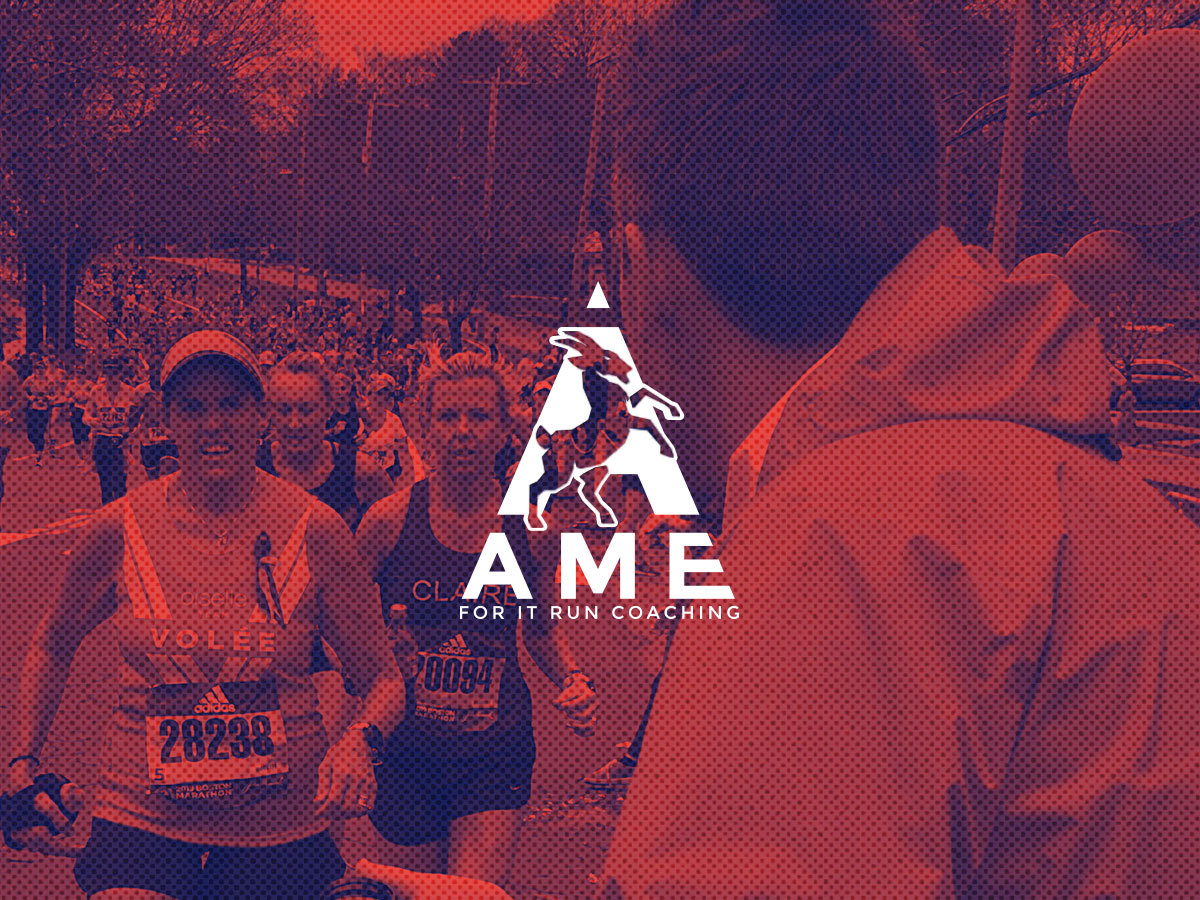
Pain: 1a: punishment. 2a: physical discomfort associated with bodily disorder (as disease or injury) b: acute mental or emotional suffering
Discomfort: Physical or mental uneasiness; annoyance.
I consulted Merriam-Webster to start this one off and was amused at the definitions of pain and discomfort: punishment and annoyance, respectively. As runners, we often have trouble distinguishing between these two concepts. In reality, I think this distinction is primarily based on our own ideas about the situation. Confused? Keep reading.
Back in high school, I was easily one of the fastest girls in my grade. Which was great and all, however—confession—I was afraid to run track. Why? A primary reason was that I was afraid of how much it would hurt.
You see, my 16-year-old brain didn’t realize that I was in control the whole time and that ‘hurt’ was a temporary state. I’m so glad I’ve progressed since then; I do enjoy a good set of 400s or the intense sensation of a 5k nowadays.
What’s changed? A lot. Yes, I’m fitter, but also, I’ve learned to have proper perspective. And you can learn how to better deal with the pain/discomfort/fatigue/lactate bombs to run your best too.
Disclaimer: some of you may hate me for this. However, if you want to run fast, then the comfort zone goes out the window sometimes. Sorry. Part of conquering the mental game of running and endurance sport involves a willingness to get uncomfortable. I seriously think what screws so many runners up is their idea that a PR or top performance “feels good.” Wait, what!?
Okay, stay with me here; while we do have those unicorn races where we’re in a flow state and feel nothing, a lot of the time that is not the case and as soon as things don’t feel right, we tend to panic or go places that aren’t always necessary in our minds. As Matt Fitzgerald once wrote, “a race is like a fire walk.”
As usual, realize that no one technique works for everyone, but here are some of the tried-and-true tactics I use with both my clients and myself.
Perhaps more interesting is the principle that in most distance races it’s our minds that usually register fatigue before our bodies do*. The human mind and body are capable of amazing things, including being overprotective when effort is higher than normal. *Note: if you’re properly trained and conditions don’t require any adjustments to effort or pacing.
Pro Tip: A skill I find useful when things get difficult is to skip ahead to the future and pretend I’m already done with the race, reflecting on the experience, and saying to myself “that wasn’t so bad.” I’m certain I’ve squeezed some extra performance from myself using that technique.
Now that it is summertime in Houston, I currently am hard-core utilizing ALL THE TECHNIQUES on the regular. It all starts with a correct appraisal, how you divide up your task, and keeping the thoughts as positive and useful as possible.
Remember, you’re in control always, so might as well lean in and see what you can do! Results are many and include increased confidence, faster paces, increased resilience, Strava Kudos, and maybe even a PR or two!
Have something to say? Leave a Comment

